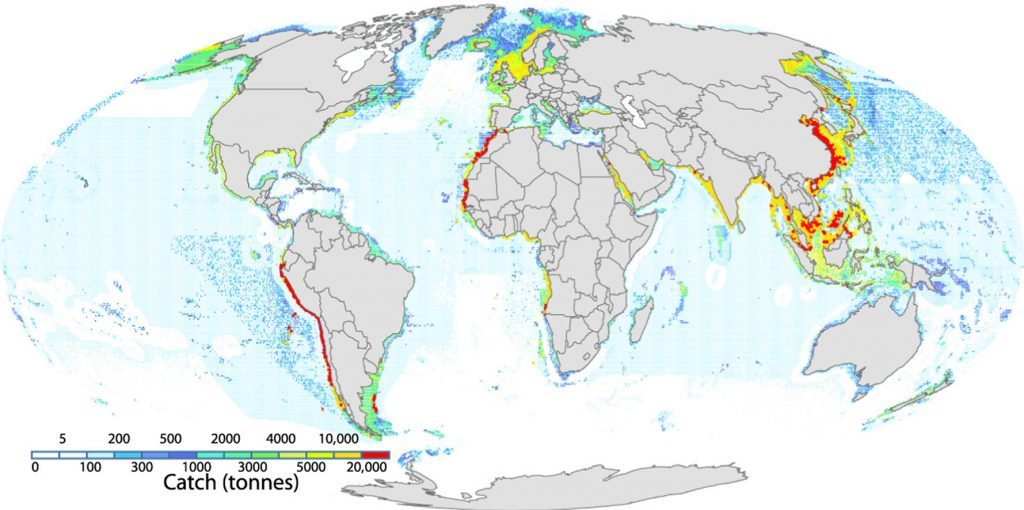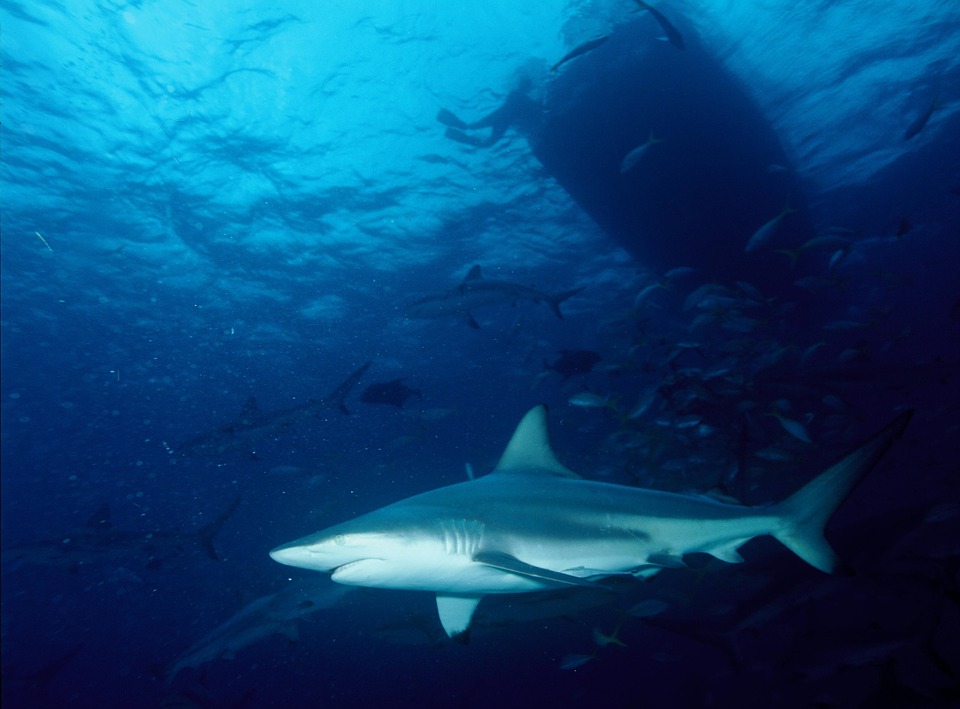September 6, 2019 — A new study has discovered that a model optimizing Japanese catch levels for profitability could see a 3.5-fold increase in annual profits and a 30 percent increase in biomass.
The new study – “Alternative outcomes under different fisheries management policies: A bioeconomic analysis of Japanese fisheries” –will appear in the journal Marine Policy (October 2019, Article 103646) and compares modeled outcomes under different fishery management policies. The study is the first of its kind apply profit modeling to Japanese fisheries, and compares the model with a simply maximum sustainable yield (MSY) model.


